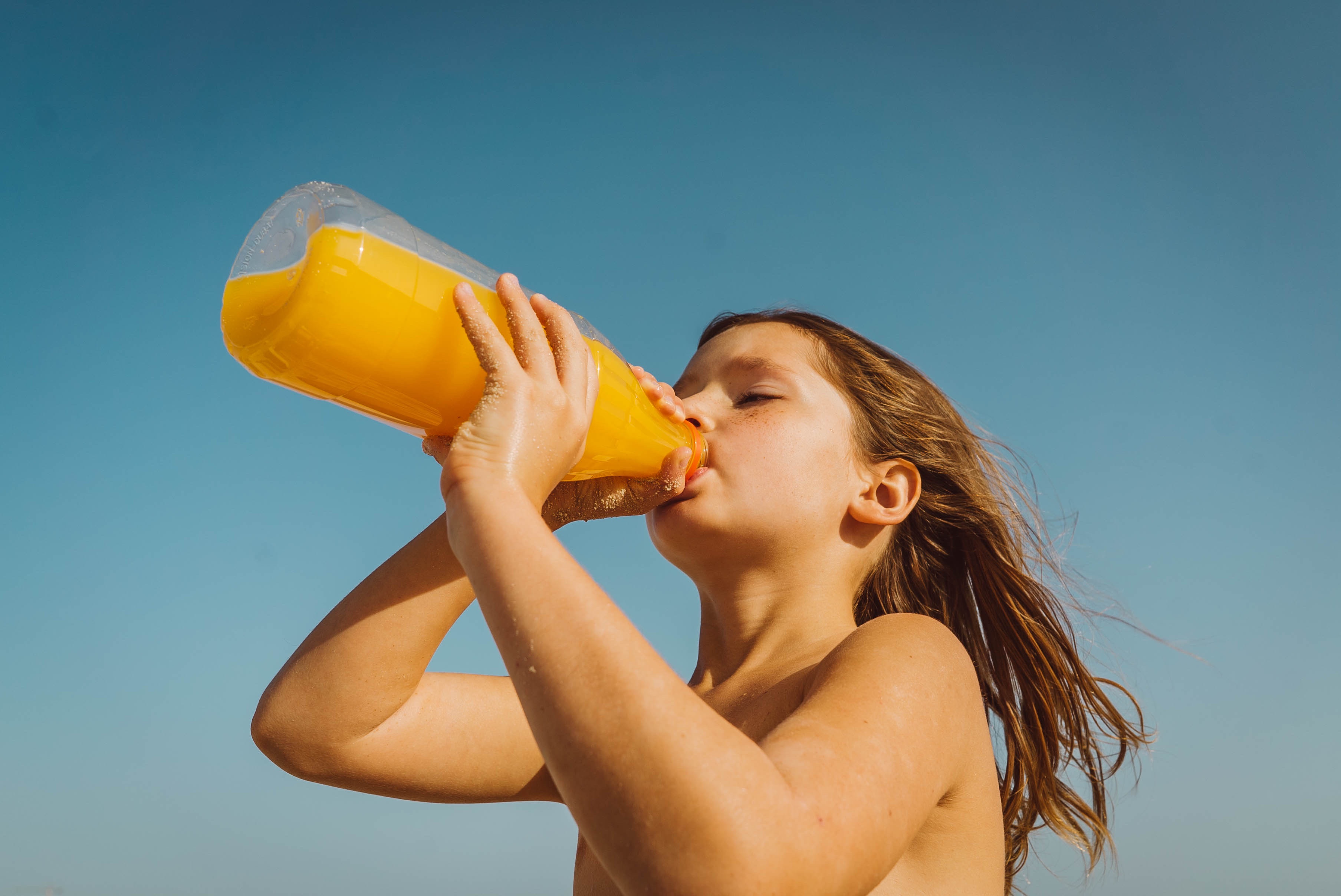
Molluscum Contagiosum
Molluscum contagiosum is a viral skin infection seen most commonly in young to school-age children. It typically causes small bumps on the skin, which can occur anywhere on the body.
The virus is contagious and spread by direct contact with the skin of an infected person or sharing damp towels, clothing, personal items and gym mats (e.g., wrestlers, gymnasts, etc.) with someone who has molluscum. Siblings bathing together and swimming together (especially when sharing kickboards and towels) also seem to be risk factors to develop the bumps, but this is not a reason to limit swimming.
WHAT ARE MOLLUSCUM?
Molluscum are usually small, flesh-colored to pink bumps with a shiny appearance and slightly depressed center. They can develop on the face, eyelids, trunk, extremities, and genitalia but usually do not involve the palms or soles. Molluscum bumps can only affect the skin and mucous membranes (fleshy lining of the eyes and genitals) – the virus never affects the internal organs. Molluscum bumps are painless, but may be itchy and can last for several months to sometimes years.
After contact with the virus that causes them, molluscum may incubate for 2-8 weeks before appearing in the skin. Scratching or picking the bumps is one way the virus can be spread. Areas of the body where rubbing/friction of skin surfaces occurs (for example, the inner arm and sides of the belly) are common locations for molluscum infection.
In some patients, the bumps will become red and form pus bumps resembling pimples. This change in appearance is usually good and signifies that the patient’s immune system is recognizing the virus and is starting to clear the viral infection. If there is no pain or fever, the molluscum bump is unlikely to be “infected”.
Molluscum virus is extremely common in children, although it may more rarely be seen in adolescents and adults. It is especially common in warm environments as well as in children with eczema/ atopic dermatitis. In adults it may be considered a sexually transmitted infection, but this is generally NOT the case in kids. Similarly, people with HIV infection may develop severe viral infections including molluscum. By far, normal, healthy children are the most likely to have molluscum. In most cases, having the virus does not mean there is anything wrong with their immune system.
DIAGNOSIS
Your doctor can make a diagnosis through a direct visual examination of the skin. Although rare, a scraping or biopsy of a bump may be performed if the diagnosis is in question.
PREVENTION
As the virus is contagious through direct contact, it is best to take measures to avoid the spread of the virus.
- Try to prevent your child from scratching or picking at the bumps. If eczema/rash is forming around the bumps, topical steroid preparations can be helpful to reduce the inflammation and the urge to scratch.
- Do not have children with molluscum bumps share towels or clothing; you may want to consider having siblings bathe separately.
- Avoid direct contact with a known infection.
- Molluscum is not dangerous. In general, it is not a reason a child should be held out of daycare or school activities.
TREATMENT
Once diagnosed, there are several methods of managing molluscum contagiosum. The virus usually lasts for a period of several months to years and resolves on its own over time. If the bumps are not causing symptoms, many doctors recommend watchful waiting for improvement and resolution. Management options, such as no active treatment/monitoring alone, topical therapy, or direct destructive treatment, can be considered.
AT-HOME TOPICAL THERAPIES MAY INCLUDE
RETINOIDS
These prescription topicals are used to irritate the surface of the skin, to help the body’s own immune system clear the virus sooner.
IN OFFICE TREATMENTS THAT YOU PROVIDER MAY CONSIDER INCLUDE
CANTHARIDIN (“BEETLE JUICE”)
Application of a chemical such as Cantharidin, which is made from blistering beetles, is typically a painless in-office destructive procedure. It causes a “water blister” to develop on each treated bump, with the goal of resolving the bump as the blister heals. This method may be limited by its non-FDA status and your provider’s ability to access the chemical. Your provider will instruct you when to wash it off so that the skin does not become too irritated by the chemical. Typically, Cantharidin is washed off with soap and water within 4 hours of application.
LIQUID NITROGEN
Directly freezing the molluscum bumps, similar to treatment for warts. While effective, this method is somewhat painful, thus limiting its application in young children with many bumps.
CURETTAGE
Directly scraping the molluscum to remove them. This can be very effective in older kids and teenagers but is not generally performed in young children with many bumps.
© 2015 The Society for Pediatric Dermatology